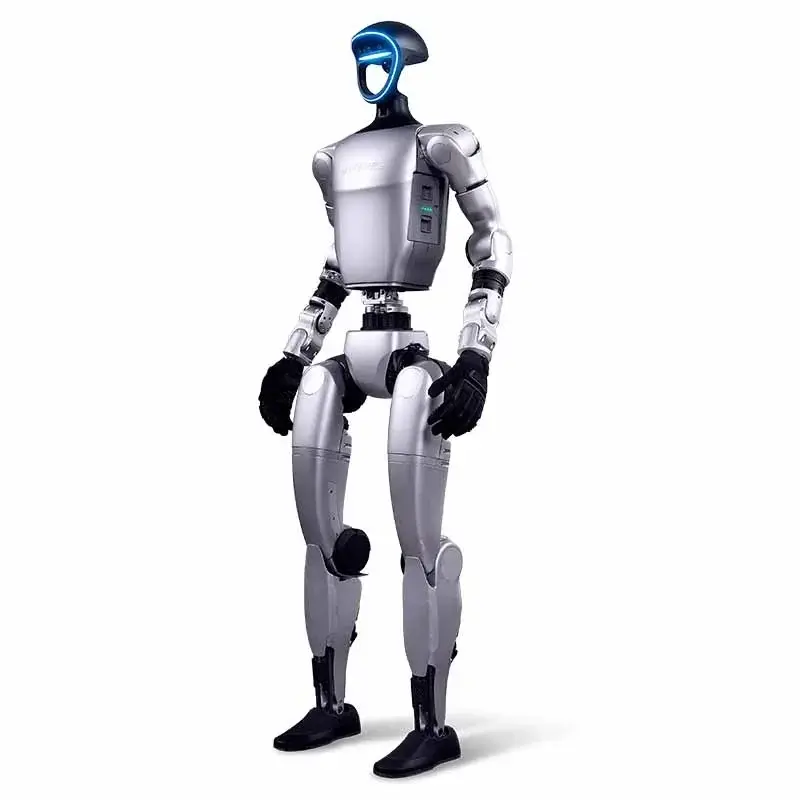Navigating the world of compact precision: A guide to desktop CNC
In the ever-evolving world of modern manufacturing, desktop CNC machines have become powerful tools for hobbyists, educators, and small manufacturers. These compact systems bring industrial-grade precision to the bench and shop floor, democratizing subtractive manufacturing. But how do they work, and when should you consider upgrading to professional services? This guide demystifies the basics of benchtop CNC while highlighting solutions for ambitious projects.
Core components of desktop CNC machine tools
Desktop CNC (computer numerical control) machines operate through programmed instructions to carve materials with stunning precision. Key elements include:
- Controller and software: Convert digital designs (such as CAD files) into machine commands (G-code). Common software includes open source options such as Mach3 or GRBL.
- Frame and work bed: Typically aluminum or steel, it provides rigidity for precise cutting. The bed holds the material in place via clamps or a vacuum system.
- Spindle and tooling: The electrospindle rotates cutting tools (end mills, drills) at an adjustable speed. Power ranges from 200W for hobby equipment to 1.5kW for prosumer models.
- Movement system: Stepper/servo motors drive linear guide rails or screws to achieve X/Y/Z-axis movement accuracy up to micron level.
How it works: from design to finished product
- modeling: Create 3D designs in CAD software (Fusion 360, AutoCAD).
- Cam processing: Use CAM software to convert the model into tool paths, specifying depth, speed and tool selection.
- Machine settings: Attach the material (e.g. aluminum, wood, acrylic) to the bed and calibrate the zero point of the tool.
- implement: The CNC follows G-code instructions and removes material layer by layer. This may be followed by post-processing (sanding, painting).
Material compatibility: What can you mill?
Desktop CNC controllers excel at handling softer materials:
- Wood/Laminate: Ideal for intricate carving and joinery.
- plastic: Acrylic, PVC and nylon can be cut cleanly at lower spindle speeds.
- Soft metal: Aluminum and brass are possible but require slower channels and coolant.
Harder metals like steel often put stress on small machines, causing tool wear or inaccuracy.
Advantages and limitations
advantage:
- Affordability: Industrial CNC starts at less than $1,000, while industrial CNC starts at over $10,000.
- Space efficiency: Suitable for garages or studios (typically <2 m²).
- Rapid prototyping: Speed up product development cycles.
shortcoming:
- Material restrictions: Limited to smaller, softer workpieces.
- Precision bounds: Tolerances hover around ±0.1–0.5mm, compared to ±0.025mm on professional machines.
- Scalability issues: Production runs over 10-20 units strain desktop setup.
When to Choose Professional Five-Axis CNC Services
While benchtop CNCs are great for prototyping, complex geometries and industrial-level production require advanced solutions. where is this huge light Redefine the possibilities:
as a leader Five-axis CNC machiningwe overcome the limitations of desktop systems by:
- Synchronized multi-axis precision: Our machines can cut from five angles in one setup, allowing for curves, undercuts and organic shapes not possible on 3-axis benchtop machines.
- Material mastery: We machine aerospace alloys, hardened steels, titanium and exotic materials to tolerances up to ±0.01mm.
- End-to-end workflow: From custom programming to finishing (anodizing, polishing), we provide production-ready parts.
GreatLight combines speed with uncompromising quality, making it ideal for medical devices, automotive parts or high-volume production. Request an instant quote [GreatLight site]——Your vision, perfectly processed.
in conclusion
Benchtop CNC unlocks creative potential for makers and small businesses, bridging DIY craftsmanship and digital precision. However, as the complexity of the project, material requirements or quantities increase, working with experienced experts becomes essential. Whether you’re carving a wooden sign or designing a turbine blade, understanding these basics can help you make smarter investments, ensuring you have the right tools for every challenge.
FAQ section
Q1: How much does a desktop CNC usually cost?
A: Entry-level models start at $500 to $2,000, while prosumer models with metal cutting capabilities start at $8,000. Industrial five-axis systems start at over $50,000.
Q2: Can I machine stainless steel with a desktop CNC?
Answer: It has no effect. Most desktop machines lack the rigidity and power of stainless steel alloys. Professionals like GreatLight use specialized tools and coolant systems to handle this type of material.
Q3: Why choose five-axis machining instead of three-axis machining?
A: Five-axis CNC reduces setup, increases geometric complexity, and enables tighter tolerances—ideal for contours, bevels, and hollow structures.
Q4: How does Honglaite ensure the quality of customized metal parts?
A: With AS9100 certified processes, advanced metrology (CMM) and in-house finishing, we guarantee material integrity and dimensional accuracy.
Q5: What is the turnaround time for professional CNC services?
A: Prototypes ship within 3-5 days; production batches within 2 weeks. Expedited options available.
Ready to expand your vision?
From benchtop experiments to mission-critical components, precision starts with the right partnership. Explore GreatLight’s capabilities and request your personalized CNC solution today.










































